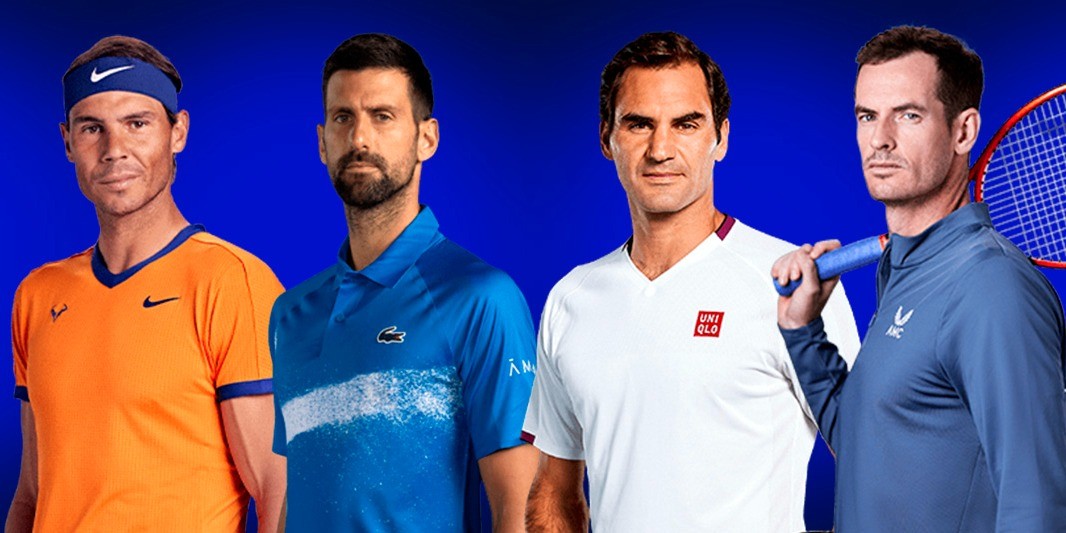
Roger Federer, Rafael Nadal, Novak Djokovic, and Andy Murray. What a privilege it was to witness, live and in real time, this unrepeatable era of p...
Read More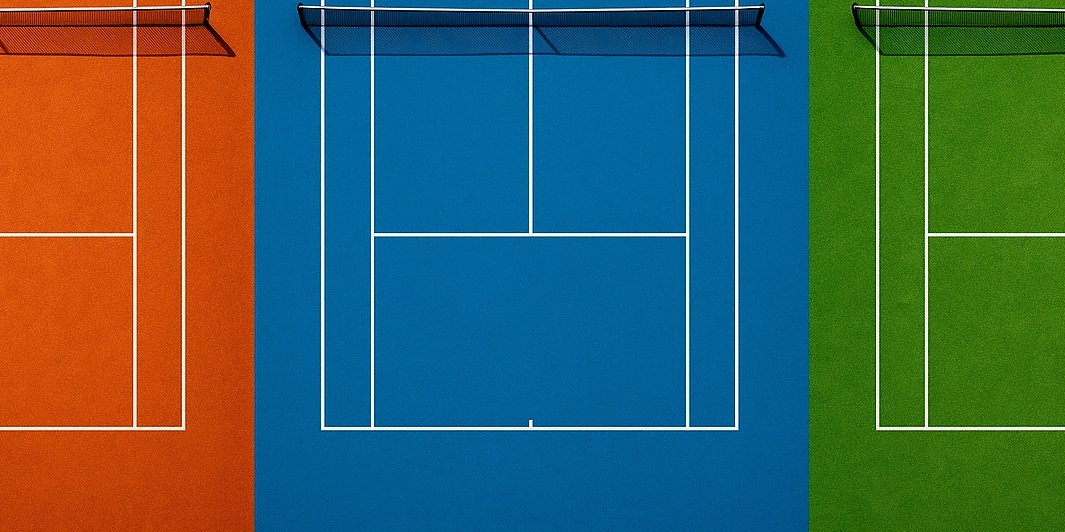
1 July 2025
The bounce of the ball and the height at which it is struck play a crucial role in shaping a player’s style of play. These factors determine not only how the game unfolds tactically, but also how comfortable or effective a player may be on a given surface.
While some players adapt more swiftly than others, the transition from clay to grass in just two weeks remains one of the most radical and demanding changes in the professional calendar. Clay requires physical and tactical adjustments that are very different from those used on natural grass.
That said, modern tennis has evolved towards a more universal style. Today’s players tend to maintain a similar playing pattern across all surfaces, whether on clay, grass or hard court. The traditional surface-specific specialists have become increasingly rare, and even on slower or faster surfaces, most professionals continue to apply the aggressive baselines strategies typical of hard-court play.
In this article, we’ll break down how the surface affects the bounce, and how that, in turn, shapes movement, timing, and tactics throughout the match.
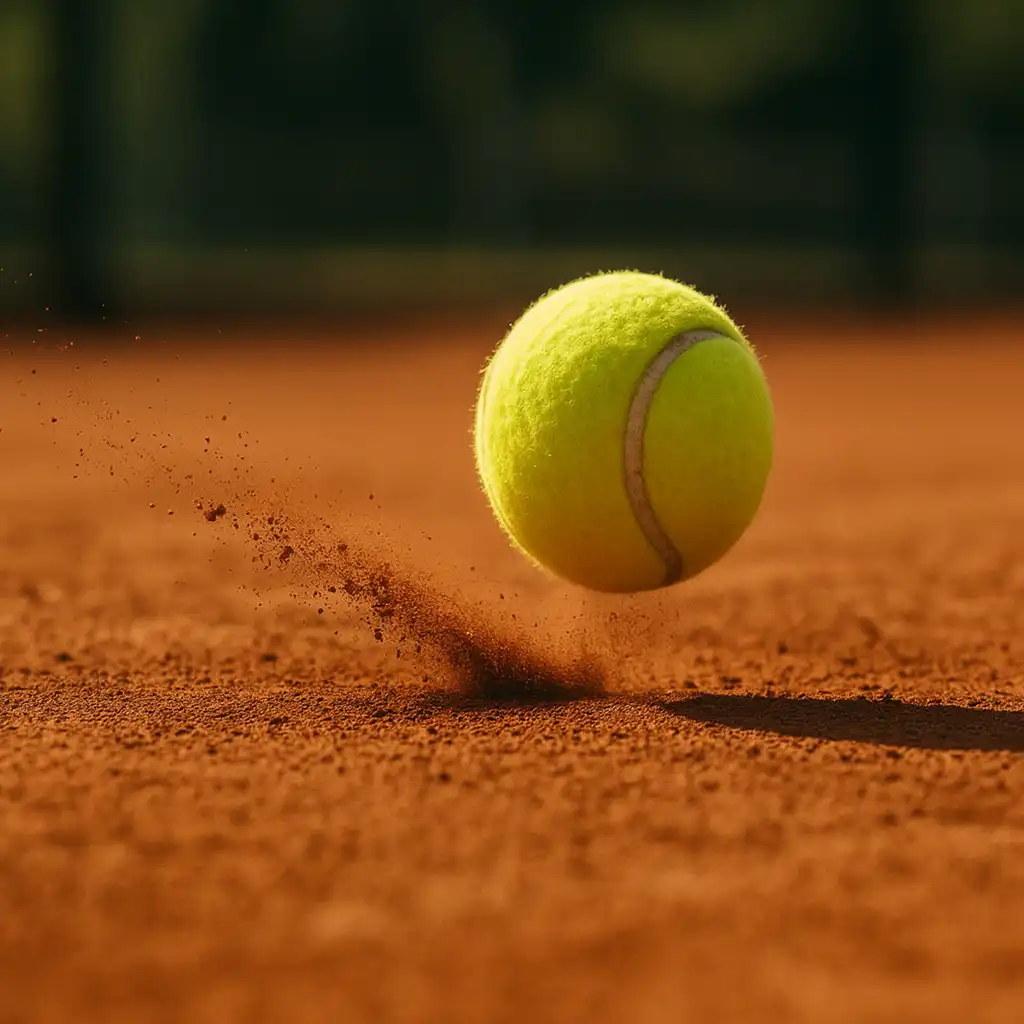

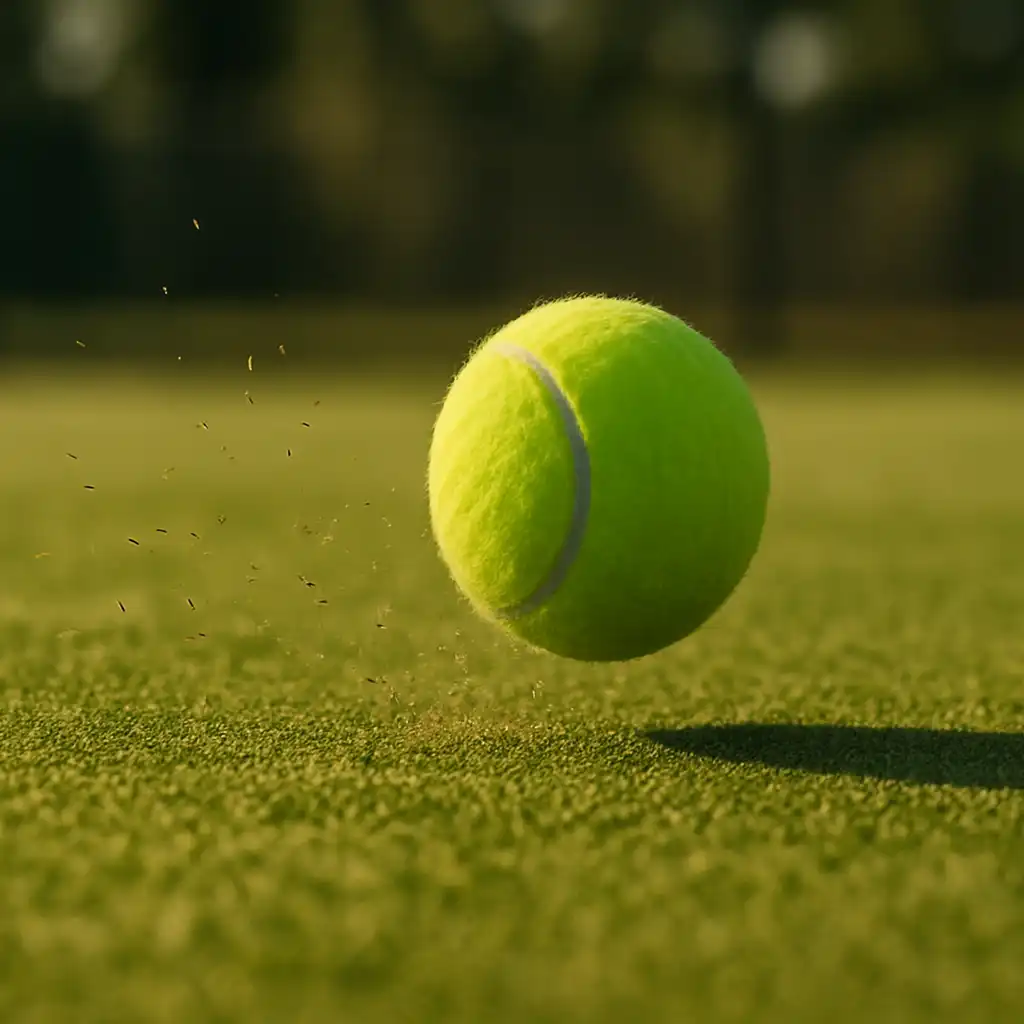
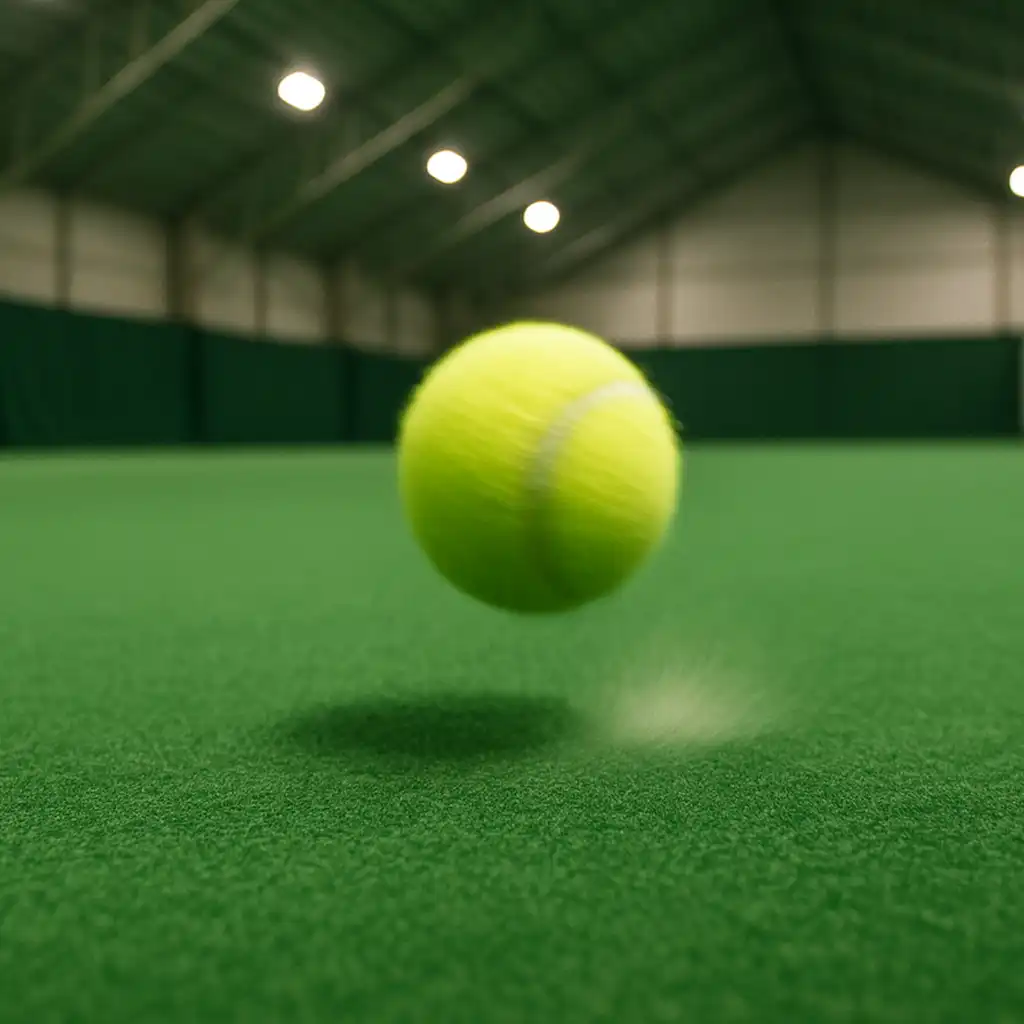
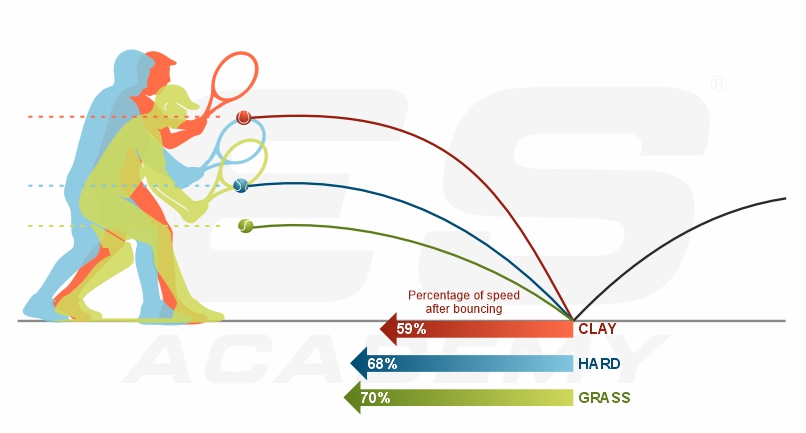
| Surface | Speed | Bounce | Physical Strain | Favored Style |
| Clay | Slow | High | High | Defense, topspin |
| Hard | Medium | Medium | Medium-High | All-around game |
| Grass | Fast | Low | Low | Attack, serve-and-volley |

Roger Federer, Rafael Nadal, Novak Djokovic, and Andy Murray. What a privilege it was to witness, live and in real time, this unrepeatable era of p...
Read More
The bounce of the ball and the height at which it is struck play a crucial role in shaping a player’s style of pla...
Read More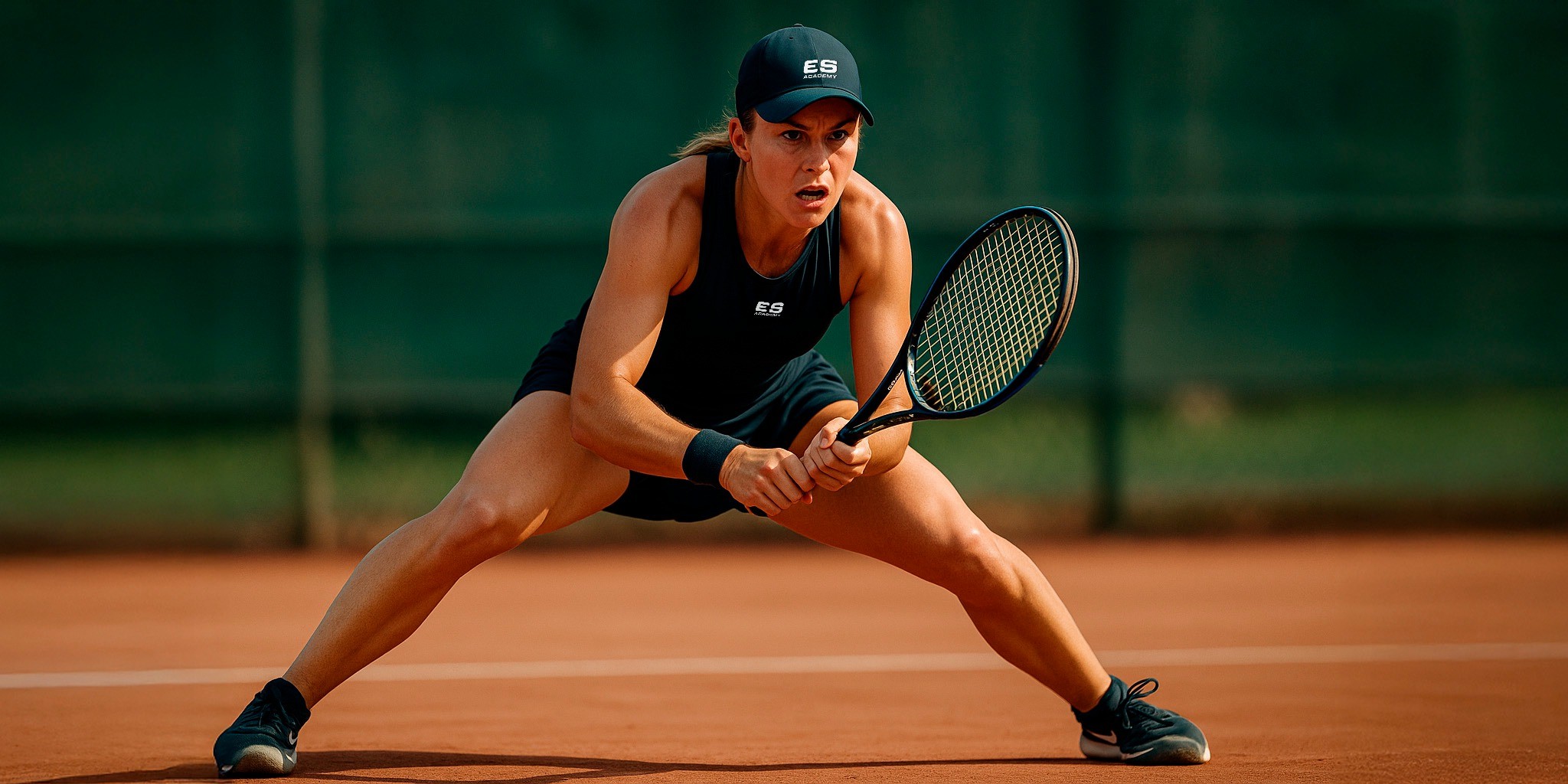
In modern tennis, where every second counts and each move can mean the difference between winning or losing a point, mastering footwork has become...
Read More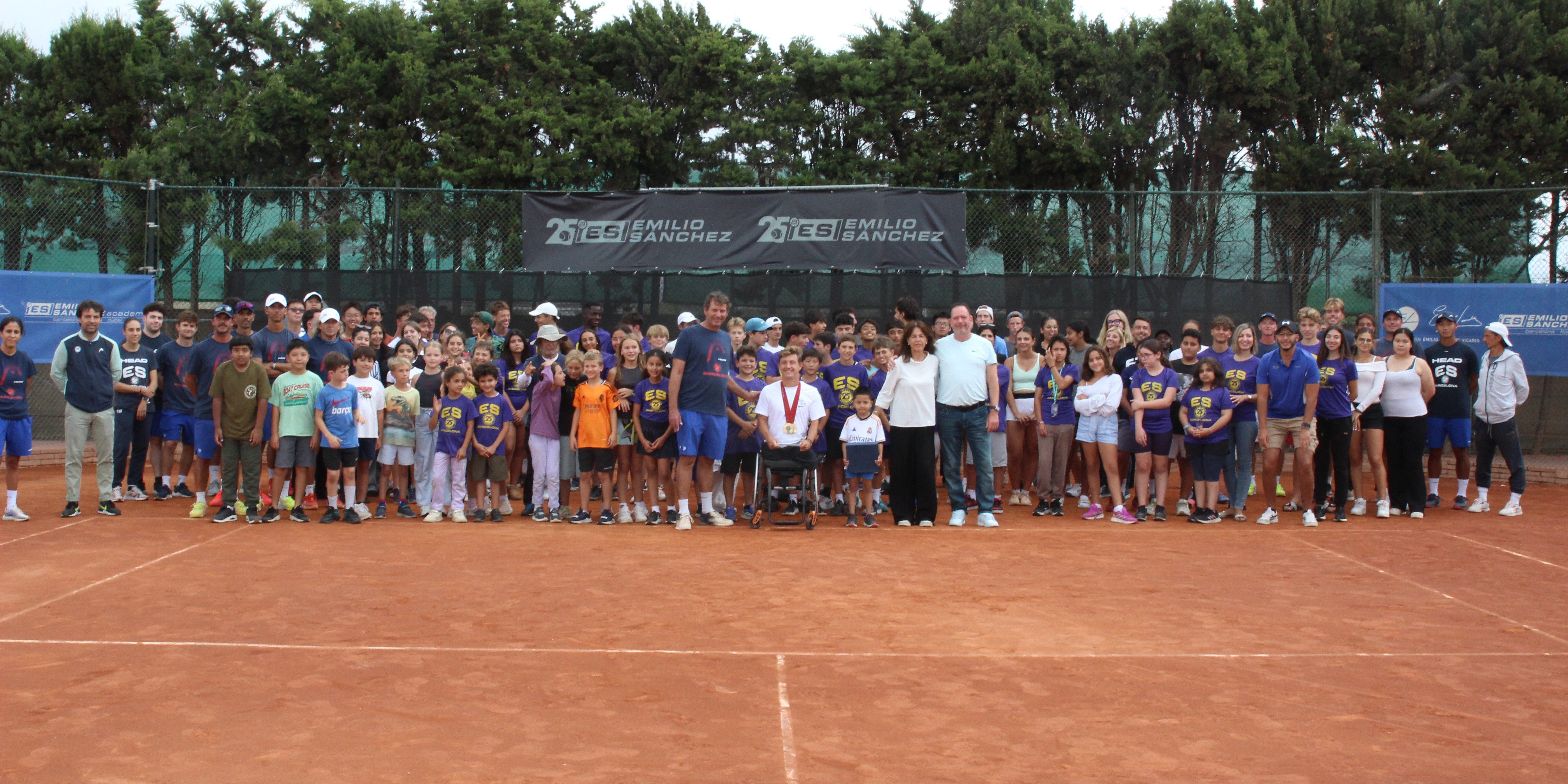
La Emilio Sánchez Academy rinde homenaje al doble campeón de oro en los Juegos Paralímpicos de París, el holand...
Read More
La Academia Emilio Sánchez rindió homenaje a Daniel Caverzaschi por su histórica Medalla de Bronce en los Juegos Paral...
Read More